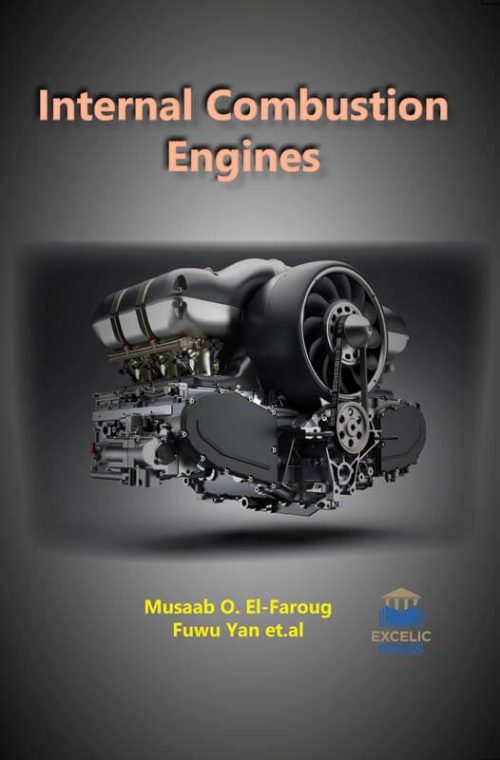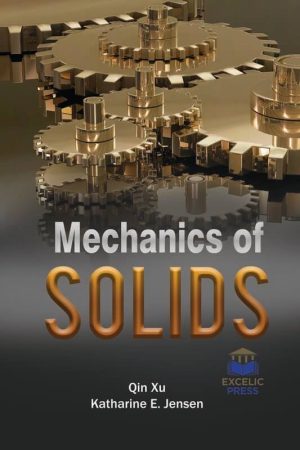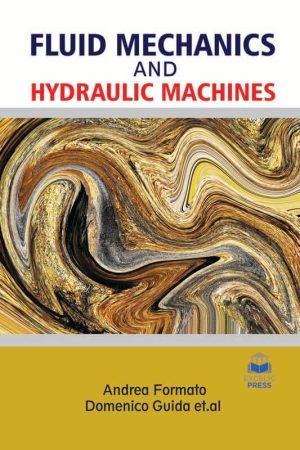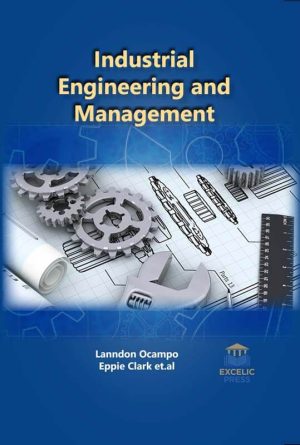Description
With the daily environment exacerbation and International Maritime Organization’s increasingly stringent requirements on the emissions of vessel NOx and Soot, the emission performance of vessel engines has become the research focus both at home and abroad. With the development of the global economy, the consumption of crude oil products is currently increasing rapidly. The problems resulting from the prominent use of fossil fuels, such as global warming, depletion of fossil fuel resources, and environmental deterioration have become serious challenges threatening the continuous development and sustainable progress of human society. Therefore, research activities have been focused on the search for alternative energy sources for sustainable development of the global economy and society. The promising substitutes for petroleum fuels include biofuels, mainly, biodiesel and ethanol.
This book, therefore, discusses recent research on the stability of hydrous ethanol-gasoline blends. Furthermore, it also outlines the effects of hydrous ethanol and its blends with gasoline fuel in spark-ignition engines, with a focus on combustion characteristics, performance, and emissions. This book also deals with developed methods of working processes modeling in the combustion chamber of an internal combustion engine (ICE). Oil is the undisputed largest source of energy for internal combustion engines (ICE). However, rapid depletion of the oil due to the increasing number of vehicles, the pollutant emissions within its combustion products that threaten the ecological system and the concerns about the security of supply due to the oil reserves unevenly distributed over the globe, encourages the exploration of fuel sources that are more environmentally friendly and have widespread reserves in the world. Therefore, in this book, for the purpose of reducing pollutant emissions resulting from internal combustion engines, the characteristics of hydrogen, natural gas, acetylene, and ethanol, which are alternative fuels and can be used without requiring a structural change in SI and CI engines, and their effects on engine performance and exhaust emissions are mentioned. The book further also takes a critical look at the development of a diesel engine and modern pneumatic and combustion hybrid engines. Finally, the book closes with a study on the combustion performance of diesel engines with O2 and co2 suction.
Presenting a fundamental and factual development of the science and engineering underlying the design of internal combustion engines including performance, fuel economy and emissions, this book will benefit engineers, practitioners, as well as a researcher working in the field, will find this an assistive tool.





